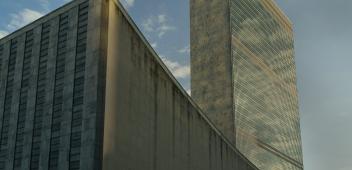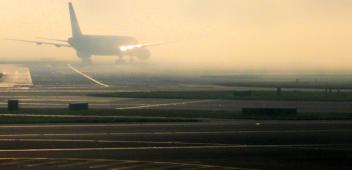Enhancing Australia's Taiwan ties
Australia has limited its economic and political engagements with Taiwan due to fears of upsetting China. Is now the right time for change?
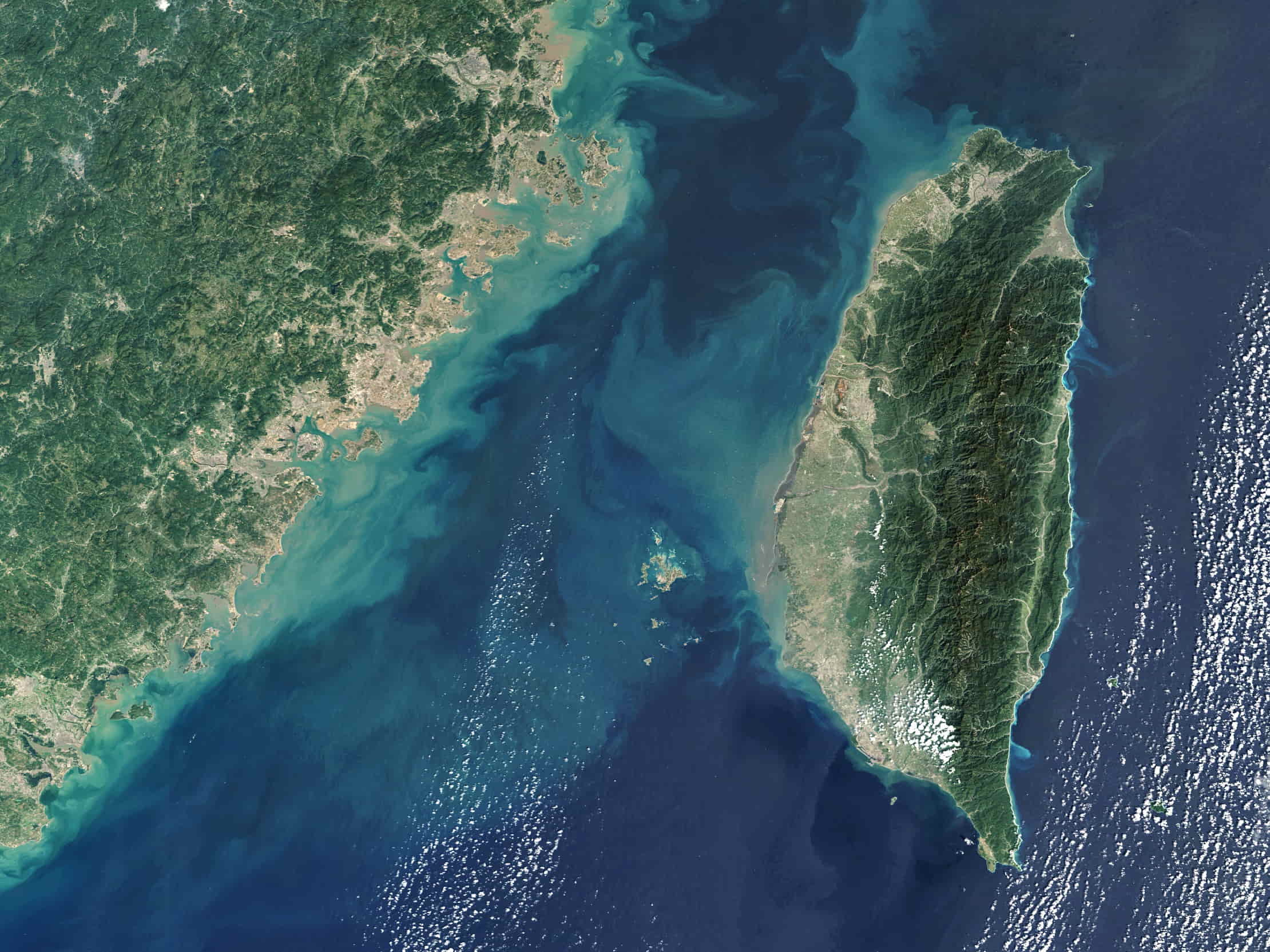
- Australia should articulate and pursue a disciplined Taiwan strategy that uses the flexibility of its one-China policy to increase engagement with Taipei in service of Australian economic and security interests.
- Canberra should support Taipei’s bid for entry into the Comprehensive and Progressive Agreement for Trans-Pacific Partnership and start negotiations for a bilateral free trade agreement. It should also establish regular ministerial exchanges with Taiwan.
- The Taiwan strategy advocated in this paper is likely to be a net negative for Australia’s relations with China. But it strikes a reasonable balance between Australia’s interests and the stabilisation of the Australia–China relationship.
What is the problem?
Australia’s economic and political engagement with the self-governed island of Taiwan has been constrained by inconsistent and tentative policy under diplomatic pressure from Beijing. Economically, Australian interests have been hurt by China’s so-far successful effort to stop Canberra pursuing a free trade agreement with Taipei. Politically, Australia has contributed to Taipei’s international isolation by not more fully taking advantage of the freedom to manoeuvre granted by the ambiguities of its one-China policy. If left unchecked, this deepening international isolation could eventually endanger both Taiwan’s de facto independence and its liberal democracy.
What should be done?
Canberra should strengthen trade and political engagement with Taiwan through a strategy of consistent policy and messaging to counteract China’s efforts to isolate Taiwan, maximise the economic potential for Australia, and assert Canberra’s freedom to deepen ties with Taipei. Australia should support Taiwan’s bid for membership of the Comprehensive and Progressive Agreement for Trans-Pacific Partnership (CPTPP), commence bilateral free trade agreement (FTA) negotiations, and send ministers to visit Taipei on a regular schedule. With this Taiwan policy architecture, Australia will be able to build its institutional capacity to manage the relationship across different domains, communicate a clear, consistent, and coherent position on Taiwan to stakeholders both domestically and internationally, and pursue mutually beneficial opportunities in the bilateral relationship.
The Taiwan strategy advocated in this paper is likely to be a complicating factor for Australia’s relations with China. However, Beijing’s pursuit of a normalisation of diplomatic and trade ties with Canberra, the consistency of these recommendations with Australia’s one-China policy, its overlap with positions taken by Australia’s allies and partners, and the already fraught nature of Australia–China ties across a wide range of policy arenas, mean this Taiwan strategy is unlikely to significantly further disrupt relations with China. To manage Chinese government concerns, this Taiwan strategy can be combined with reassurances to Beijing that Canberra continues to adhere to its one-China policy and does not support Taiwanese independence.
China's assertiveness and Australia's policy options
In the Xi Jinping era, and especially since the 2016 election of Taiwan’s Democratic Progressive Party President Tsai Ing-Wen, Beijing has adopted a more belligerent and uncompromising stance towards Taipei. In 2022, the third Taiwan white paper was released by the Taiwan Affairs Office of the State Council, which reiterated Beijing’s commitment to unification under its “One Country, Two Systems” formulation and signalled China’s willingness to act against what it defines as “separatist elements or external forces”. [1] Beijing’s Taiwan policy has been supported by the goal of developing the People’s Liberation Army (PLA) into a peer competitor of the US military and with far greater power than Taiwan’s armed forces. [2] Beijing is using more inflammatory political rhetoric and has systematically escalated its military threats with frequent air force and naval activity in the Taiwan Strait, serving to regularise a PLA military presence around Taiwan.
- See “Questions and Answers Concerning the Taiwan Question (2): What is the one-China principle? What is the basis of the one-China principle?”, Mission of the People’s Republic of China to the European Union, 15 August 2022, http://eu.china-mission.gov.cn/eng/more/20220812Taiwan/202208/t20220815_10743591.htm.
- See “Joint Communiqué of the Australian Government and the Government of the People’s Republic of China Concerning the Establishment of Diplomatic Relations Between Australia and China”, 21 December 1972, https://pmtranscripts.pmc.gov.au/sites/default/files/original/00003119.pdf.
- For detailed analysis of the meaning and variety of various one-China policies and principles, see Ian Chong, “The Many ‘One Chinas’: Multiple Approaches to Taiwan and China”, Carnegie Endowment for International Peace, 9 February 2023, https://carnegieendowment.org/2023/02/09/many-one-chinas-multiple-approaches-to-taiwan-and-china-pub-89003.
Note: This map reflects the current de facto border between India and China and does not include competing territorial claims.
These growing military threats have been met with repeated commitments to defend Taiwan by US President Joe Biden and a heightened global focus on the stratospheric costs of military conflict in the Taiwan Strait. [3] As Australia’s Minister for Foreign Affairs Senator Penny Wong plainly stated in April 2023, “A war over Taiwan would be catastrophic for all.” [4] It is, of course, prudent to seek to deter conflict and develop contingency plans for the possibility of a full-scale PLA amphibious invasion across the Taiwan Strait. Yet this disastrous possibility should not cause Australia to overlook all the low-risk policy steps that can be taken now to help maintain the status quo of cross-Strait peace and stability. Without seeking to answer the question of whether and under what circumstances Australia should join a US-led military campaign to repel Chinese military aggression against Taiwan, this paper argues that Canberra can and should step up trade and political engagement with Taipei now. As well as serving Australian economic interests, such measures will aid Taiwan’s effort to preserve its international space and secure its ongoing de facto independence.
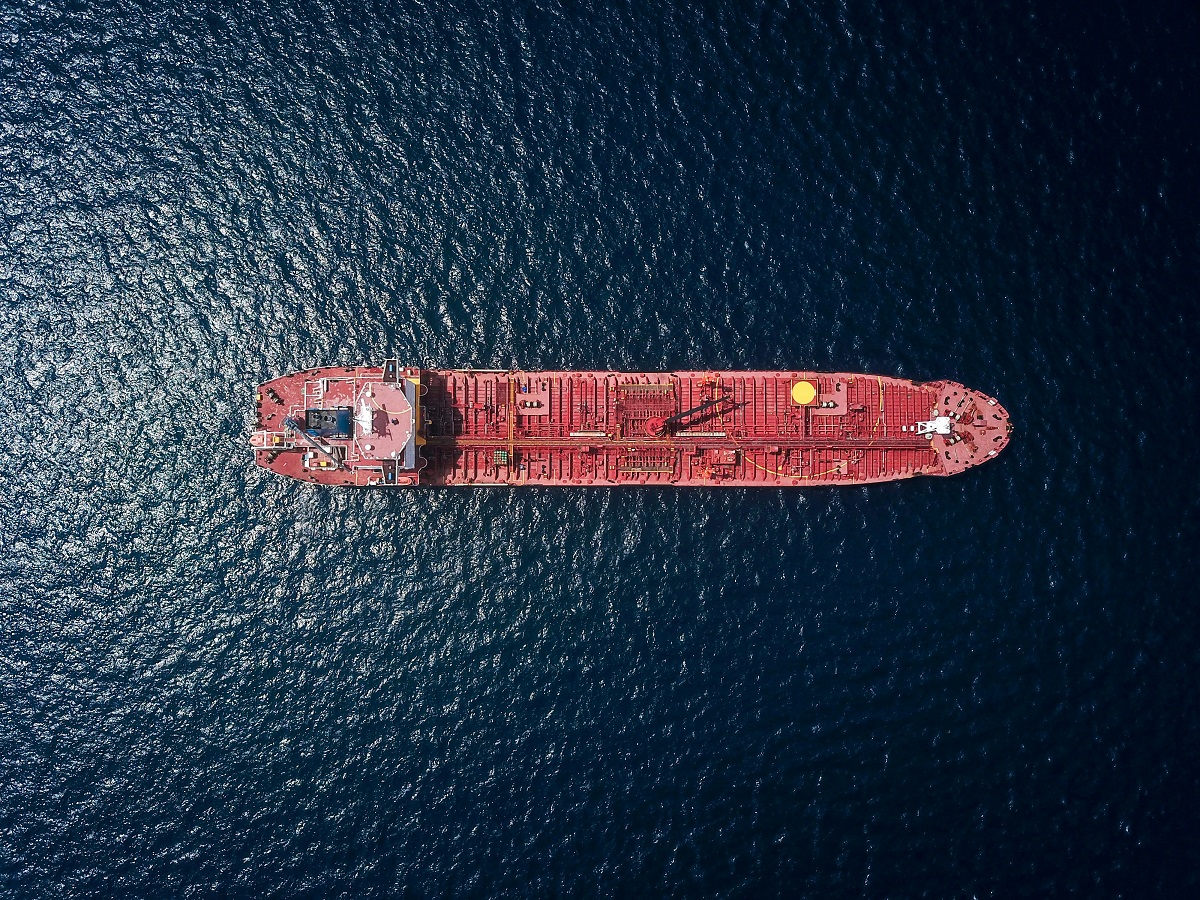
Moreover, increased economic and political engagement is necessary if the Albanese government hopes to achieve its regularly articulated goal of maintaining the status quo in the Taiwan Strait. [5] As part of China’s efforts to alter the status quo in its favour, Beijing has sought to isolate Taipei. China has pursued a sustained and systematic strategy aimed at both prying Taiwan’s formal diplomatic partners away and dissuading other capitals from engaging with Taipei. [6] As the collapse in Australian ministerial visits to Taiwan suggests (see Figure 2), Canberra may have already allowed Beijing to redefine an aspect of its engagement with Taipei. If Australia is to contribute to the maintenance of a cross-Strait status quo in which Taiwan remains politically and economically engaged with the world, then Canberra will need to do more to counteract China’s efforts to isolate the island.
The foundation of Australia’s approach to cross-Strait ties is a one-China policy established when Australia entered diplomatic relations with the People’s Republic of China (PRC) in 1972. Australia recognised the government in Beijing as the sole legal government of China and ended its recognition of Taipei but only went so far as to acknowledge Beijing’s position that Taiwan is a province of the PRC. [7] With this ambiguity, Canberra built a relationship with China in which it grew to become Australia’s largest trading partner, while also maintaining meaningful ties with Taipei through mechanisms that did not fall under the labels and practices of formal state-to-state relations. In this way, Australia’s one-China policy is a key component of Australia’s contemporary international relations.
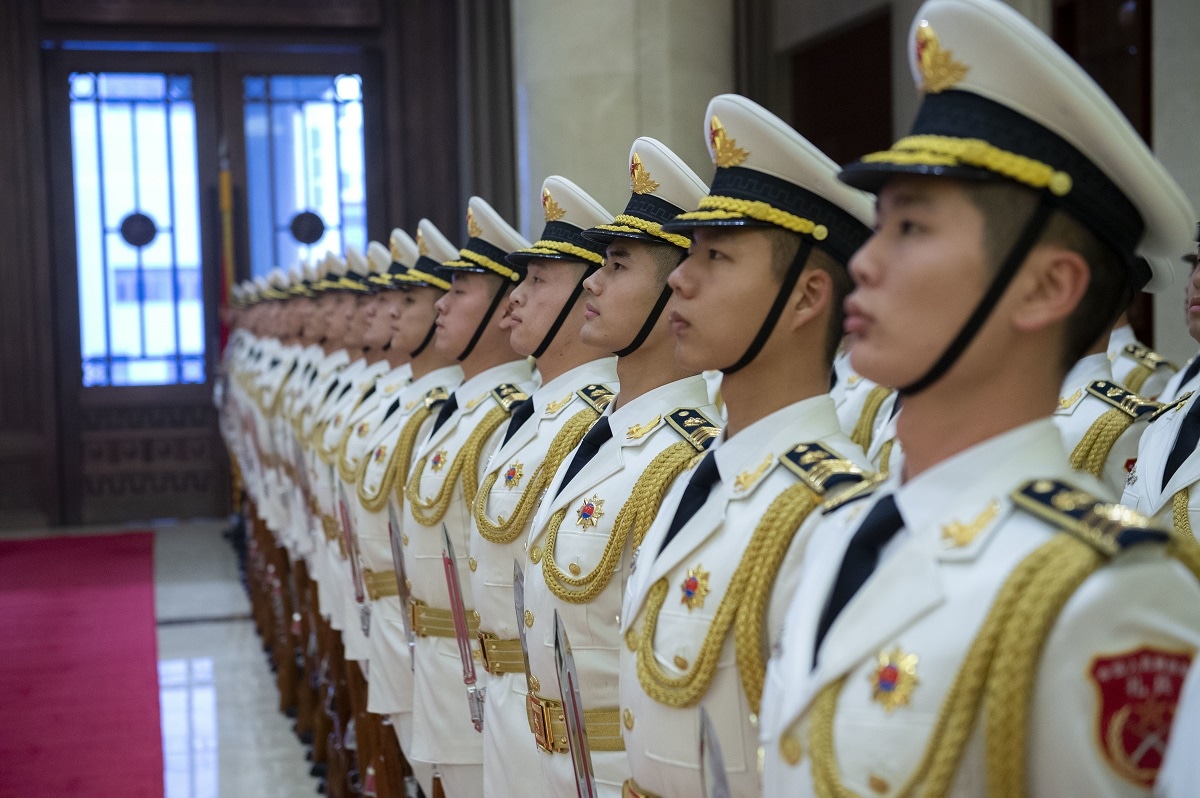
This architecture has served Australia adequately over several decades. Within the limits of Australia’s one-China policy and the calculus of Australia–China relations, Australia’s emphasis on trade maximisation has enabled Taiwan to become one of its largest export markets. [8] The bilateral economic relationship has also seen Australia emerge as Taiwan’s seventh-largest trading partner and has in the past helped Taipei increase its international engagement through initiatives such as the Asia-Pacific Economic Cooperation (APEC) forum. But in the last decade, Canberra’s existing policy architecture appears to have become more susceptible to pressure from Beijing to cease pursuing additional bilateral and multilateral trade agreements with Taipei and limit Australia’s political engagement with the island (see Figures 1 and 2).
Debate about the bilateral relationship is often singularly focused on the question of whether Australia would join with the United States in military action against China in the event of cross-Strait conflict.
The limits of the existing policy architecture are also visible in public and policy discourse on Australia’s ties with Taiwan. Debate about the bilateral relationship is often singularly focused on the question of whether Australia would join with the United States in military action against China in the event of cross-Strait conflict. [9] Despite the importance of interrogating such a worst-case scenario, it risks reducing Taiwan to a proxy for US power in the region, and narrowing the question of responses to a Taiwan Strait crisis to options under the US alliance structure. A more comprehensive Taiwan policy architecture centred on the bilateral Australia–Taiwan relationship would broaden understanding of developments in the Taiwan Strait and be able to account for implications in the trade, political, people-to-people, and humanitarian, as well as military, domains. This further suggests the need for a clearer and more proactive policy position that articulates and leverages Australia’s one-China policy for mutually beneficial engagement with Taiwan.
This is timely in the context of the AUKUS military technology sharing agreement between Australia, the United Kingdom, and the United States. If sustained, AUKUS will eventually give Australia greatly enhanced naval power projection capability and regional military interoperability. The speed, stealth, and endurance of nuclear-powered submarines means that they will be able to deliver a deterrent effect in the Taiwan Strait and surrounds. But AUKUS should be complemented with a comprehensive Taiwan strategy that supports calibrated actions by Australia across the full range of its tools of statecraft that span its foreign and trade policies. Such a Taiwan strategy can directly address Australia’s immediate economic interests in Taiwan, counteract China’s intensifying efforts to isolate the island, and assist Australia with the task of asserting its freedom of manoeuvre within its one-China policy. To achieve those objectives, Canberra will need to more fully articulate and exercise its legitimate rights to engage with Taipei in the trade and political arenas.
Deepening Australia’s political and trade ties with Taiwan
Canberra should pursue additional trade liberalisation with Taipei, including backing Taiwan’s bid for CPTPP membership and starting bilateral FTA negotiations. Taiwan seeks CPTPP accession and has sought Australia’s support. [10] Taiwan was Australia’s sixth-biggest export market in 2022, its seventh-biggest two-way trading partner, and the only one of the top ten export markets with which Australia does not have either a bilateral FTA or shared membership in a regional multilateral FTA (see Figure 1). [11] In 2022, Taiwan also rose to become Australia’s fourth-biggest merchandise export market. [12] Bringing Taiwan into the CPTPP and negotiating a bilateral FTA with Taipei would provide Australian exporters with better access to a market that is already among Australia’s most valuable. Although Taiwan has generally low tariff rates, Australian agricultural exporters are especially likely to benefit from such free trade agreements. [13]
China similarly seeks CPTPP membership, is on the record opposing Taiwan’s accession, and in 2016–17 pressured Australia out of negotiating a bilateral FTA with Taiwan. [14] Australia should, however, not be deterred by China’s opposition and past pressure. Given the CPTPP’s requirements and disciplines on state-owned enterprises, labour, and e-commerce, among other issues, Taiwan is a much more plausible prospective member than China. [15] Moreover, in contrast to China’s extensive use of economic coercion against Australia since May 2020, Taiwan has a strong record as a reliable economic partner. Meanwhile, neither Australia’s bilateral FTA with China nor their joint membership of the Regional Comprehensive Economic Partnership protected Australian exporters from Beijing’s economic coercion. [16]
The Australian government is entirely within its rights to both back Taiwan’s push for CPTPP membership and commence bilateral FTA negotiations, despite not recognising Taiwan as a sovereign state.
Taiwan has long used multilateral trade organisations to maintain international space, and its membership of the CPTPP would serve its interests in that way. Beijing’s opposition to Taipei’s membership is likely aimed at, among other objectives, foreclosing international avenues for Taiwan. But Beijing does not have legitimate grounds for objecting to either Taiwan’s bid for CPTPP membership or bilateral FTA negotiations between Canberra and Taipei. In both cases, the Taiwanese government can enter into trade agreements as the representative of an economy — not a sovereign state — as it has done with its membership of the World Trade Organization and APEC. [17] The Australian government is entirely within its rights to both back Taiwan’s push for CPTPP membership and commence bilateral FTA negotiations, despite not recognising Taiwan as a sovereign state. [18] That would be in line with common international trade practice, as exemplified in the precedent of Australia negotiating FTAs with economies such as Hong Kong rather than states, as well as Article 5 of the CPTPP agreement.
Australia and Taiwan should also establish a program of regular and publicly advertised trade and other relevant ministerial meetings. Given the large Australia–Taiwan trade relationship and shared experience of managing economic coercion, an Annual Trade Ministers’ Meeting would allow both sides to advance their trade and economic security agendas. [19] Australia’s critical role as a supplier of both energy and minerals to Taiwan may also warrant at least ad hoc ministerial engagement in the resources and energy portfolios. [20] Australia and Taiwan already hold Bilateral Economic Consultations, Joint Energy and Minerals, Trade and Investment Cooperation Consultations, and an Agricultural Working Group meeting. [21] Regularly elevating these engagements to the ministerial level and publicly advertising them would both ensure that Australia exercised its freedom to engage with Taiwan under its one-China policy and provide the Australian government with opportunities to articulate the scope that it enjoys to legitimately develop ties with Taipei. Publicly elevating these engagements to the ministerial level would also encourage Australian businesses to take advantage of economic opportunities that the corporate sector might otherwise be deterred from pursing due to the perceived sensitivity of engagement with Taiwan. [22]
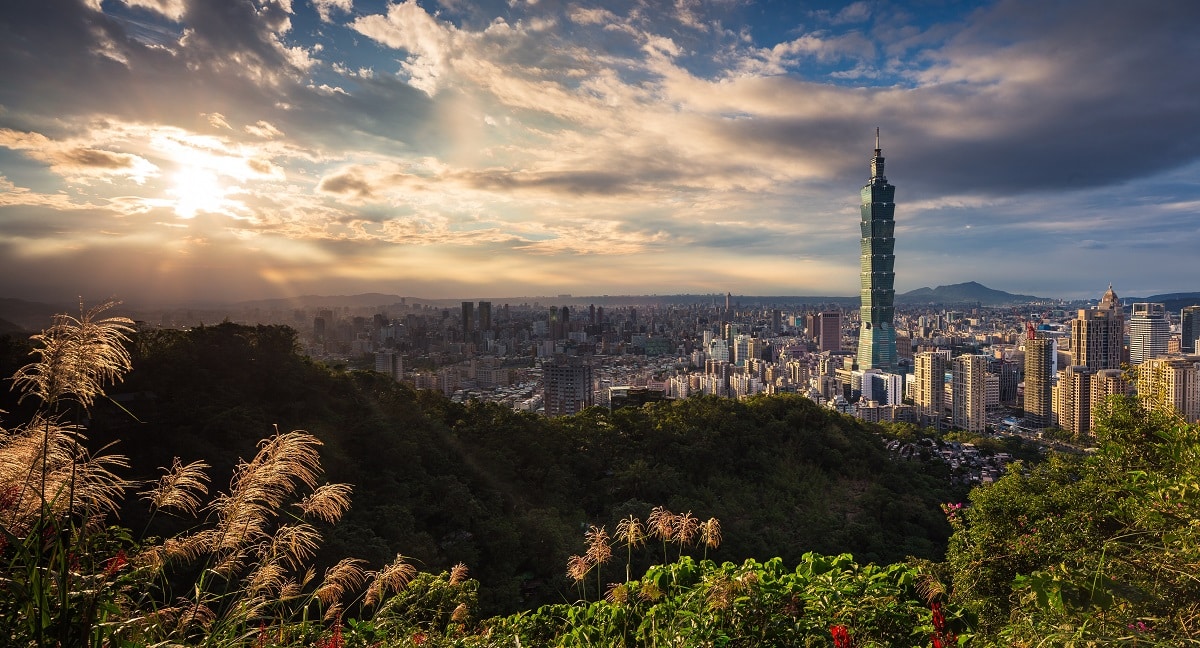
Regular and public ministerial meetings between Australia and Taiwan would be consistent with Australian government practice. In recent decades, Australian ministers in the trade and related portfolios continued to meet with their Taiwanese counterparts, including on official visits to Taiwan. These regular ministerial meetings and visits occurred despite Australia not recognising Taiwan as a sovereign state. This follows the normal practice of ministers prosecuting Australia’s economic and trade interests with a range of territories and international actors that the Australian government does not recognise as countries. [23] Prominent examples of past Australian ministerial visits to Taiwan include Minister for Resources and Energy Martin Ferguson’s 2011 trip and Minister for Trade and Competitiveness Craig Emerson’s 2012 visit, which was the last publicly reported visit to Taiwan by a serving Australian minister. [24] Minister for Trade, Tourism and Investment Dan Tehan participated in online dialogue with Minister of Economic Affairs Wang Mei-hua in July 2021 and reportedly met with Minister-Without-Portfolio John Deng in April 2021, while Minister for Trade and Tourism Don Farrell met Minister-Without-Portfolio Deng on the sidelines of an APEC meeting in May 2023. [25] Since 1990, ministers from both sides of Australian politics across a range of trade and related portfolios have visited Taiwan (see Figure 2).
Australia should also more regularly and clearly articulate the scope of its one-China policy. China propagates disinformation in the form of the falsehoods that Australia is committed to Beijing’s view that Taiwan is simply a province of the PRC and that therefore Canberra cannot legitimately expand its ties with Taipei. [26] In this context, more effort to publicly advertise and explain ministerial meetings with Taiwanese counterparts would provide a valuable opportunity to correct China’s deceptive messaging about the limits of Australia’s legitimate engagement with Taiwan. Moreover, keeping these engagements quiet or eschewing them entirely risks giving the misleading impression that these kinds of meetings are verboten and could thereby inadvertently serve China’s efforts to curtail Australia’s engagement with Taiwan. The Australian government should also consider, among other initiatives, correcting especially serious examples of Beijing’s disinformation about Australia’s one-China policy and publishing an official factsheet that explains the historical reasons for and contemporary relevance of Canberra’s one-China policy. [27]
Australian parliamentarians should also be encouraged to engage with Taiwan more openly. Like their counterparts from a wide range of North Atlantic and Asian democracies, Australian parliamentarians have in recent years continued to visit Taiwan. [28] But some of these visits have been kept quiet or at least not openly discussed with the media and the Australian public. [29] As with ministerial engagements, such parliamentary visits are entirely consistent with Australia’s one-China policy and keeping them discreet could inadvertently play into Beijing’s hands by implying that Australian parliamentarians should cater to the Chinese government’s sensitivities by not visiting Taipei. [30] Parliamentarians should be free to publicly broadcast these engagements to ensure that Canberra exercises, and the public understands, the freedom Australia enjoys to engage with Taiwan as part of its longstanding and bipartisan one-China policy.
Implications for the Australia–China relationship
Although the Chinese government would object to the policy proposals advocated in this paper, they pose limited risks for the Australia–China relationship overall. First, none of the measures advocated in this paper is at odds with Australia’s longstanding one-China policy of recognising the PRC as “the sole legal Government of China”. [31] The trade and political engagement advocated in this paper is entirely consistent with the way Australia engages with many territories and international actors that it does not recognise as sovereign. Second, the measures advocated in this paper are similar to the forms of engagement pursued by a wide range of Australian allies and partners. [32] Lawmakers and parliamentarians from the Philippines, India, Japan, Indonesia, numerous European countries, Canada, the United Kingdom, the United States, and elsewhere have publicly advertised their visits to Taiwan. Meanwhile, the UK Trade Minister visited Taiwan in November 2022 and the German Education Minister visited in March 2023. [33] Moreover, Singapore and New Zealand already have bilateral FTAs with Taiwan, and Washington has signed a bilateral trade facilitation arrangement with Taipei. [34] The policy options recommended here are not more assertive than those currently pursued by a wide range of likeminded countries. Importantly, this includes countries such as Singapore and New Zealand, which have significantly less strained ties with China than does Australia and which are not as strategically aligned with Washington as is Canberra. [35]
Of course, Beijing will still object to such efforts to deepen engagement with Taiwan even if they are consistent with Australia’s one-China policy and the policies of many other countries. Indeed, China privately pressured Australia when it sought to expand trade ties with Taiwan via a bilateral FTA that was abandoned by the Turnbull government in 2016–17. [36] At the same time, China has criticised other countries for engaging with Taiwan in the ways advocated in this paper, including diplomatic objections to the UK Trade Minister’s and the German Education Minister’s visits. [37] However, based on Beijing’s recent behaviour, the Chinese government is likely to limit itself to making private representations and criticising the Australian government via the Ministry of Foreign Affairs and the state-controlled Chinese media if Canberra pursues the Taiwan strategy advocated in this paper. Crucially, in the numerous cases of public ministerial and parliamentarian visits to Taipei and FTAs with Taiwan, the relevant countries have not experienced significant or sustained downturns in their relations with China.
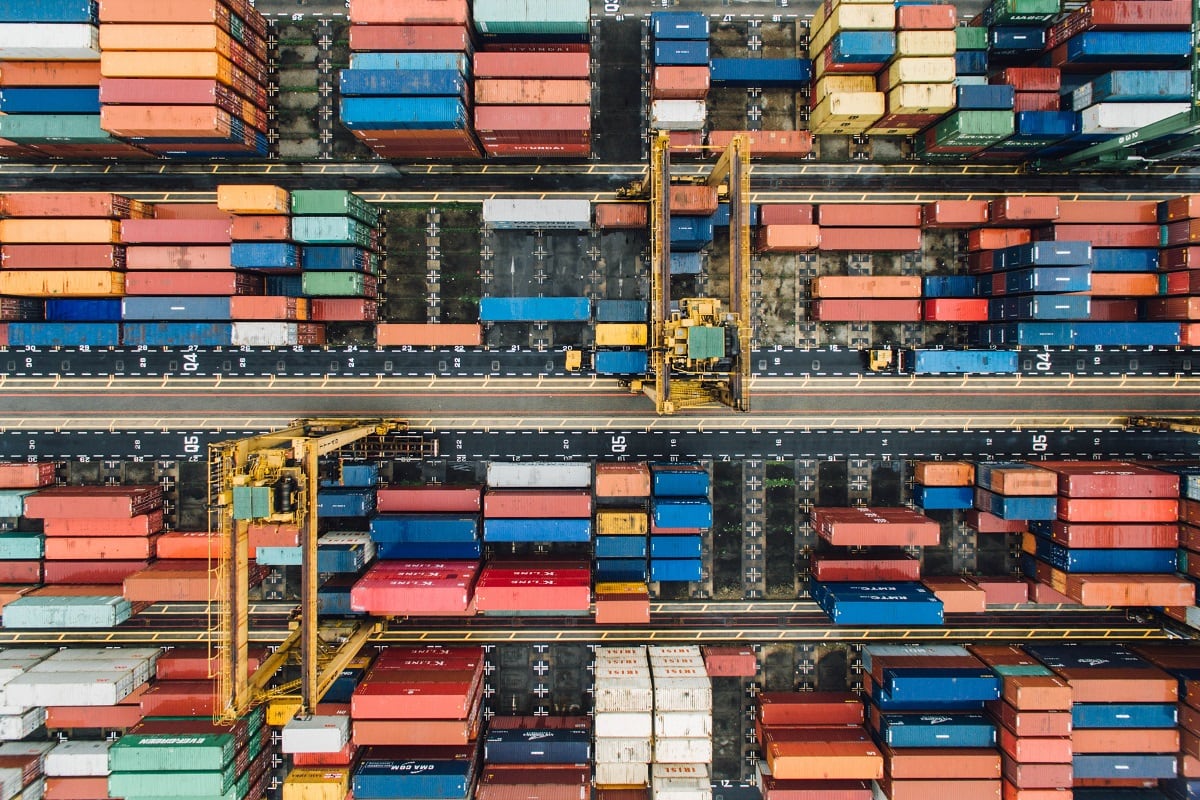
Australia’s pursuit of additional trade liberalisation with Taiwan via a bilateral FTA and support for its CPTPP membership might frustrate China more than Singapore’s and New Zealand’s respective agreements that were inked in 2013 when China was less powerful, its statecraft was less assertive, and the more Beijing-friendly Nationalist government was in power in Taipei. Still, China has not sought to publicly pressure Singapore or New Zealand to withdraw from their FTAs with Taiwan, suggesting a willingness on China’s part to tolerate countries pursuing expanded trade engagement with Taiwan even as Beijing seeks to limit Taipei’s international connections. China’s private and public criticisms of the Australian government and efforts to dissuade Canberra from bringing Taipei into new trade agreements would admittedly not be welcomed in Australia, but objections from Beijing are already a common feature of bilateral ties on a wide range of issues. [38] The policies to expand trade and political engagement with Taiwan advocated in this paper will thereby likely only add another irritant to Australia–China ties without jeopardising the relationship overall.
The Taiwan strategy advocated in this paper will be a net negative for the Australia–China relationship, but it is unlikely to disturb the relationship more than a range of Australian policies that already deeply frustrate Beijing.
Unlike other countries, Lithuania has experienced a severe downturn in its trade and diplomatic ties with China in the wake of its expanded engagement with Taiwan. Following the establishment of a Taiwanese Representative Office in Vilnius in 2021, which did not use Beijing’s preferred nomenclature of Taipei Economic and Cultural Office, China reduced imports from Lithuania by nearly 90 per cent and imposed some informal secondary sanctions against companies that depended on the Lithuanian market. [39] The Lithuanian experience is, however, not a reliable guide to what might happen to the Australia–China relationship if the Taiwan strategy advocated in this paper is pursued. First, and most importantly, this paper’s Taiwan strategy does not include making the changes to nomenclature that deeply frustrated the Chinese government in the case of Lithuania–Taiwan ties. Second, Lithuania’s one-China policy is different from Australia’s and more closely resembles Beijing’s own one-China principle, which likely contributed to China’s especially harsh response. [40] Third, Australia’s history of engagement with Taiwan is far longer and deeper than Lithuania’s, meaning that China is much more accustomed to sustained and strong trade, political, people-to-people, cultural, and other ties between Australia and Taiwan. [41] Fourth and finally, Australia matters much more than Lithuania to China economically and strategically, so Beijing would suffer massively greater economic and diplomatic costs if it sought to impose such extreme trade restrictions on Australia.
The Taiwan strategy advocated in this paper will be a net negative for the Australia–China relationship, but it is unlikely to disturb the relationship more than a range of Australian policies that already deeply frustrate Beijing, including Australia’s acquisition of nuclear-powered submarines and the Australian government’s opposition to China playing a security role in the Pacific Islands region. [42] Although Taiwan is considered a “core interest” for China, none of the measures advocated here impinges on that interest any more than the policies pursued by a range of other countries that have in recent years had less fractious relations with China. [43] Any damage to the Australia–China relationship is therefore likely to be manageable. China’s current pursuit of relationship repair with Australia also makes now the optimal time to deepen Canberra’s engagement with Taipei. Despite not winning any major policy reversals from the Albanese government since it took office in May 2022, China has relented in its campaign of diplomatic punishment of Australia and continues to unwind trade restrictions. [44] Having progressively turned the trade and diplomatic taps back on with Australia, China is likely to be reluctant to quickly reverse course, especially in light of Beijing’s goal of keeping relations with Canberra on a positive trajectory to pursue its own trade and diplomatic objectives. [45] This likely provides Australia with additional latitude to take positions that frustrate China without suffering significant trade and diplomatic fallout.
